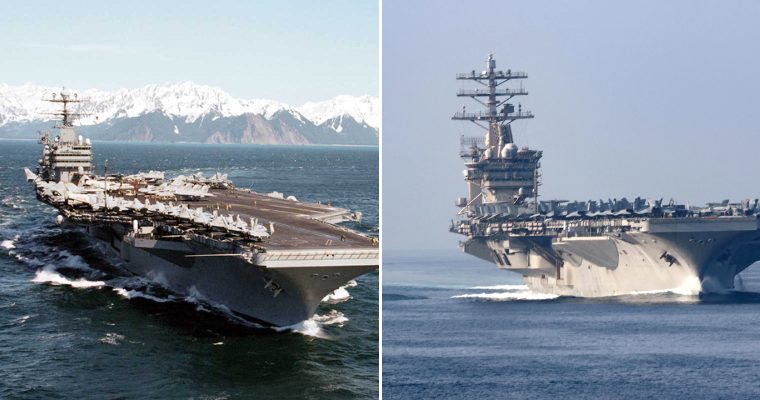The advanced weapons, which the U.S. believes can carry nuclear warheads, will be deployed to the Atlantic in an attempt by Vladimir Putin to restore a military edge after his Ukraine failures.

Russian President Vladimir Putin has dispatched a warship bearing hypersonic missiles into the Atlantic Ocean in a clear affront to U.S. support for Ukraine in its war against Russia’s invaders.
Putin made the announcement at a virtual event attended by his top military officials, affirming on Wednesday that the frigate Gorshkov, newly christened into service and loaded with Tsirkon hypersonic missiles, would embark on a voyage through the Indian and Atlantic oceans, as well as the Mediterranean Sea.
Putin claimed the missiles on board – which the U.S. assesses are potentially capable of bearing nuclear warheads – have no equal in the world, adding, “I am sure that such powerful weapons will reliably protect Russia from potential external threats and will help ensure the national interests of our country,” according to a translation of his remarks.
The provocative rhetoric comes at a time the Kremlin is eager to demonstrate its military potency, following a string of high-profile and embarrassing battlefield failures by the Russian Ministry of Defense on the ground in Ukraine nearly a year after it first invaded on Feb. 24. A campaign Kremlin war planners originally thought would take days has subsequently devolved into beleaguered, entrenched fighting against adversaries in the Ukrainian military – backed by the U.S., NATO and European partners – that Moscow and the West alike originally did not believe could weather the former superpower’s unprovoked assault.
Several analysts pointed out at the end of 2022 that the U.S., employing roughly 5% of its military budget in support for Ukraine, has effectively destroyed 50% of Russia’s military might.
Now Putin is seeking unique advantages to push back against the Western-backed momentum, seizing on a particular military edge that has raised alarm among some military analysts and congressional lawmakers.
The independent Congressional Research Service concluded in a report published last month that the U.S. trails Russia, as well as China, in its development of hypersonic missiles. Proponents believe these weapons, which fly at speeds of at least Mach 5, serve as a new way to confound decades-old strategies for deterrence.
“Funding for hypersonic weapons has been relatively restrained in the past; however, both the Pentagon and Congress have shown a growing interest in pursuing the development and near-term deployment of hypersonic systems,” according to the report. “This is due, in part, to the advances in these technologies in Russia and China, both of which have a number of hypersonic weapons programs and have likely fielded operational hypersonic glide vehicles – potentially armed with nuclear warheads.”
It notes that the U.S. variants currently under development are not designed to carry a nuclear warhead and, as a result, will likely need to be more accurate and will be harder to develop than the Chinese or Russian versions.
The Military Times reported on Sunday that the U.S. Army in a program it’s developing with the Navy plans to conduct two additional hypersonic missile tests soon with a goal of fielding them by the end of this year.
Not all analysts and officials support calls for the U.S. to develop these missiles urgently, however. Several critics believe that hypersonic weapons, in addition to lacking the precision of slower-moving missiles, contribute little to the U.S. military’s capability and are not necessary to deter against attacks from countries like Russia and China.
Still Russia on Wednesday sought to capitalize on what it has framed as a clear strategic advantage over the U.S. and other potential adversaries.
Sergey Shoigu, the embattled Russian defense minister fielding much of the blame for failures in Ukraine, asserted at the event with Putin that the Gorshkov’s deployment will focus on “countering Russia’s threats” in addition to maintaining peace and building the support of its allies.
A translation of his remarks noted that he believes the presence of the missiles will “solve problems” for Russia in faraway seas and oceans.
Russia is not the only world power that has employed its navy in a bid to push back against what it considers provocations from the Biden administration. China in late December sailed one of its aircraft carriers near Guam, claiming it came closer than ever before to the U.S. territory. It signaled the deployment served as a warning against the U.S. employing military support for the island nation of Taiwan, which Beijing considers nothing more than a rogue province of the mainland.








